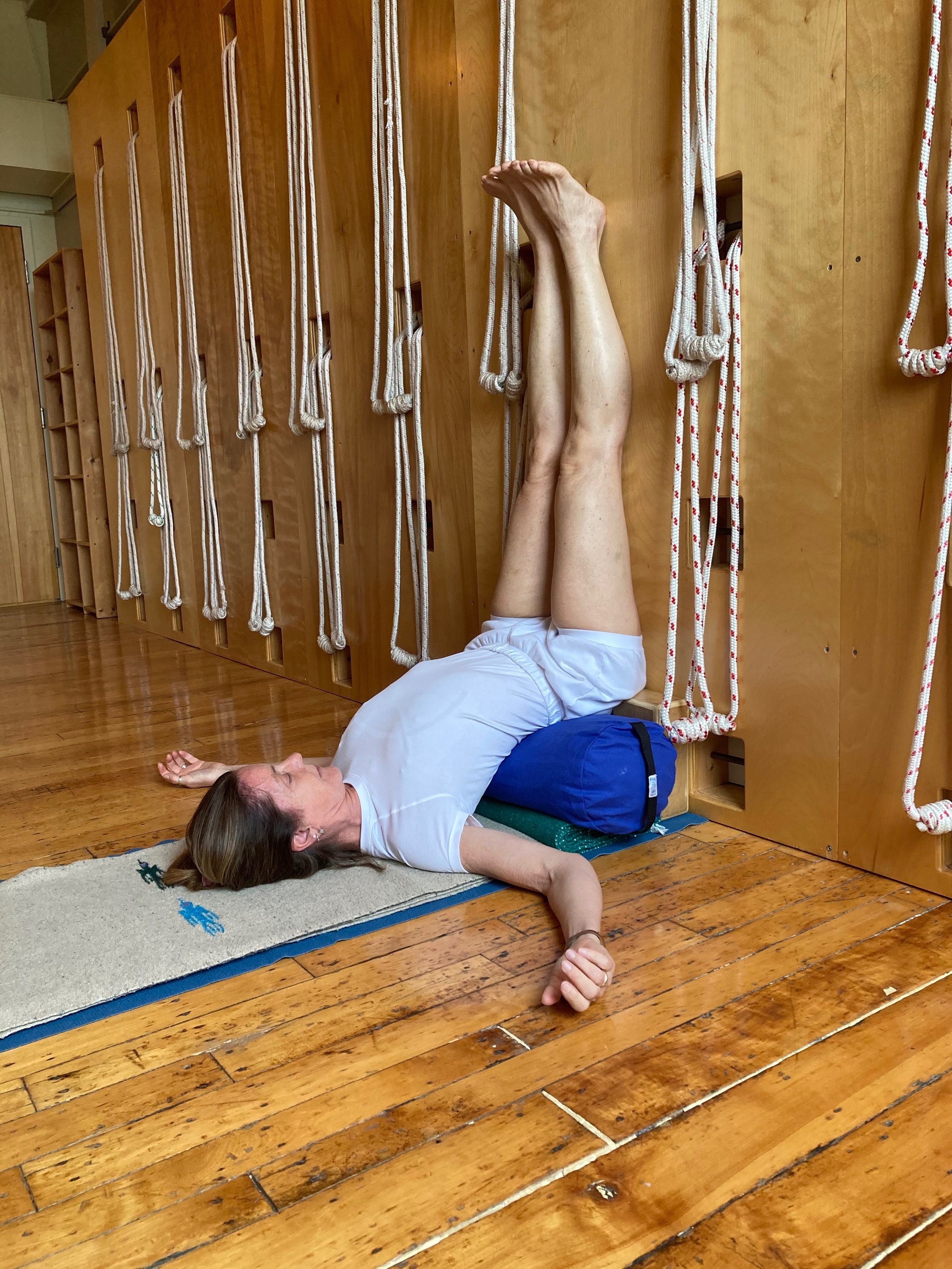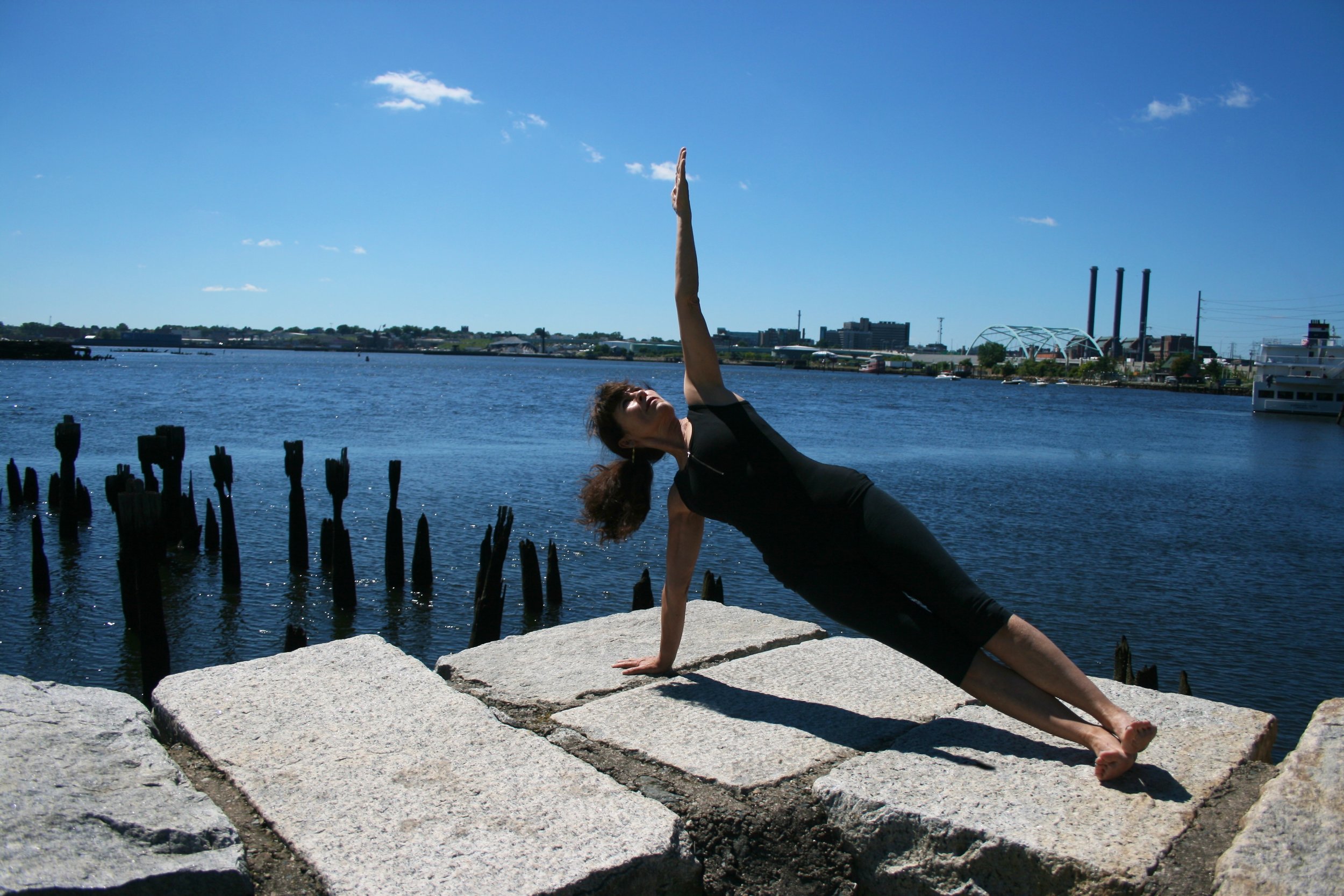As we gracefully navigate the golden years, prioritizing our well-being becomes increasingly essential. One practice that stands out as a gentle yet powerful tool for enhancing physical and mental health is yoga. Tailored to meet the unique needs of seniors, yoga offers a myriad of benefits that contribute to a healthier and more fulfilling life. In this blog, we'll explore the transformative advantages of yoga for seniors.
1. Enhances Flexibility:
Yoga is renowned for its ability to improve flexibility, a crucial aspect of maintaining mobility as we age. Gentle stretches and poses in senior-focused yoga sequences work to release tension in joints and muscles, promoting increased range of motion and reducing the risk of stiffness.
2. Builds Strength:
Maintaining muscle mass and strength is vital for seniors, contributing to overall stability and reducing the risk of falls. Senior-specific yoga sequences incorporate strength-building exercises that target key muscle groups, fostering physical resilience and vitality.
3. Promotes Balance and Coordination:
Yoga places a strong emphasis on balance and coordination, essential components of healthy aging. By practicing poses that challenge equilibrium, seniors can enhance their stability, leading to increased confidence and a lower likelihood of accidents.
4. Supports Joint Health:
Yoga's gentle movements and mindful approach benefit joint health by promoting lubrication and reducing inflammation. Seniors with conditions such as arthritis may find relief through the low-impact nature of yoga, allowing them to engage in physical activity comfortably.
5. Boosts Mental Well-Being:
The mind-body connection is a central theme in yoga, and this holds particular significance for seniors. Through breath awareness, mindfulness, and relaxation techniques, yoga helps reduce stress, anxiety, and depression, fostering a positive mental outlook.
6. Enhances Respiratory Function:
Pranayama, or breath control exercises, are integral to yoga practice. These techniques not only improve lung capacity but also enhance respiratory function, providing seniors with a practical tool for maintaining optimal health.
7. Encourages Social Connection:
Engaging in yoga classes tailored for seniors creates a supportive community environment. Building connections with like-minded individuals fosters a sense of belonging and encourages regular participation, contributing to both physical and mental well-being.
8. Adaptable for All Levels:
Yoga for seniors is inherently adaptable, recognizing the diverse range of abilities within this demographic. Whether you're a seasoned yogi or a beginner, the practice can be tailored to suit individual needs, ensuring a safe and enjoyable experience for everyone.
Conclusion:
As we embrace the wisdom that comes with age, prioritizing our health becomes a gift to ourselves. Yoga, with its tailored approach for seniors, offers a holistic path to well-being—nurturing the body, mind, and spirit. By incorporating yoga into your routine, you embark on a journey of self-discovery, resilience, and enhanced vitality. Embrace the transformative benefits of yoga for seniors, and let your golden years be a celebration of wellness and joy.
Learn more about our yoga for seniors series here.





